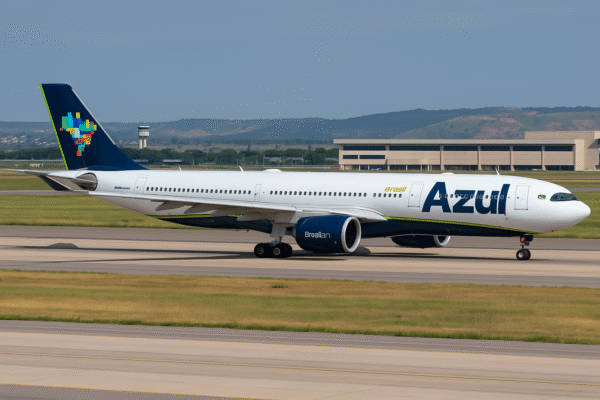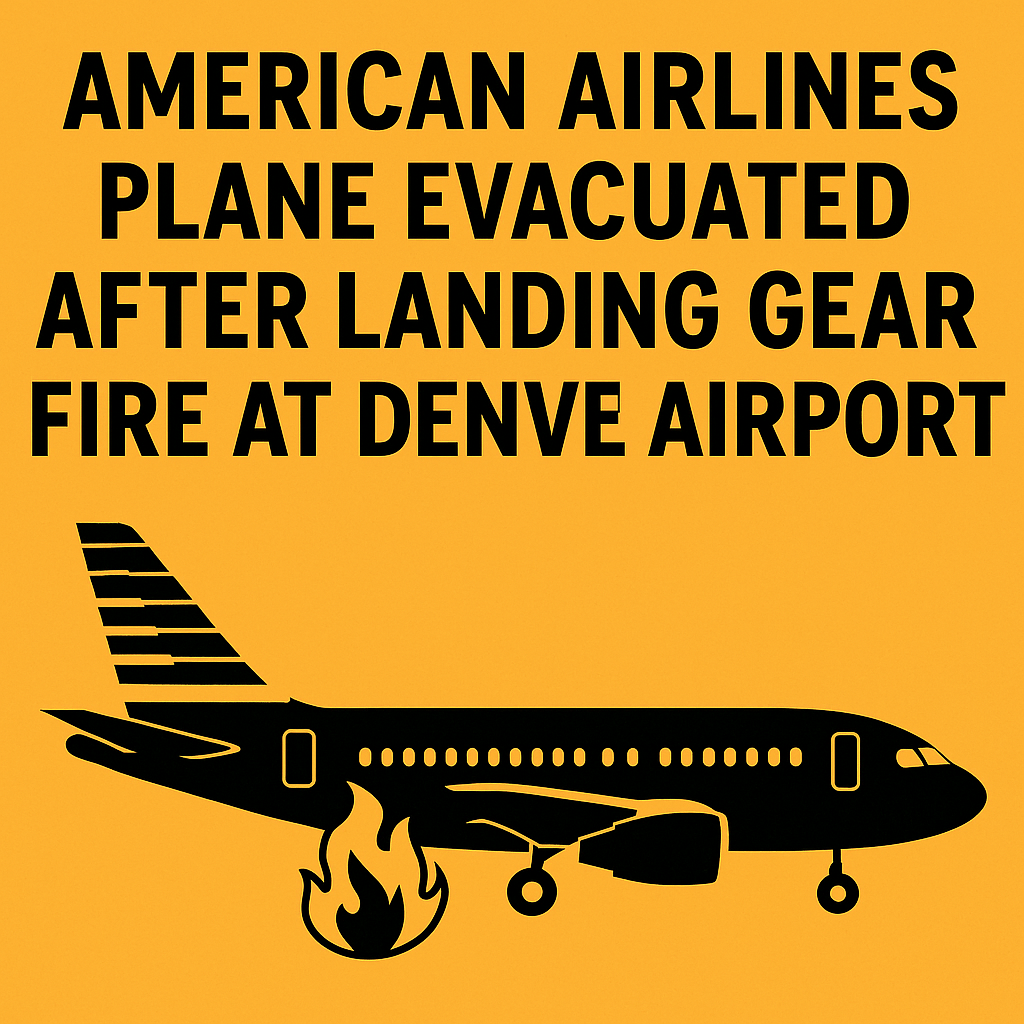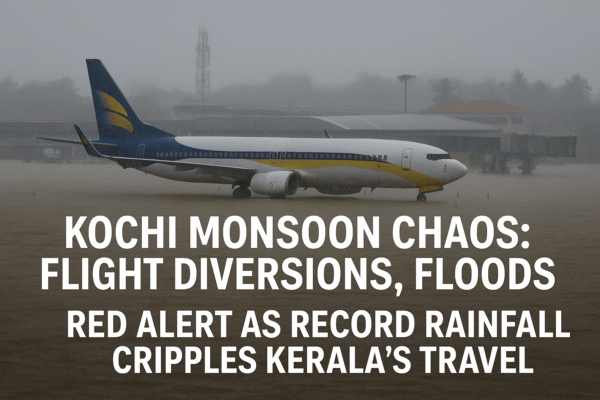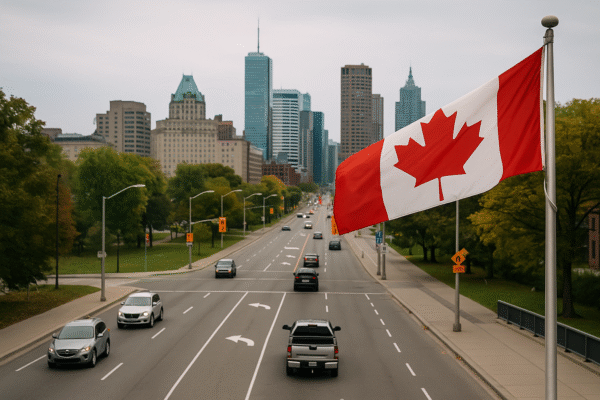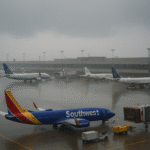Canada’s tourism sector has been significantly impacted in 2025, with notable declines in visitor arrivals from traditionally strong markets including the United States, Mexico, the United Kingdom, France, Germany, and Australia. According to the latest data from Destination Canada and Statistics Canada, these downturns reflect shifting global travel behaviors and heightened geopolitical tensions that are reshaping international tourism flows.
Between January and May 2025, overnight arrivals from the U.S. — Canada’s largest tourism source — declined by 5%, totaling 3.8 million visitors. While air arrivals from the U.S. increased slightly by 1%, land-based travel dropped by 7%, with cross-border car trips declining by over 30%. Air travel, which generally signals higher-spending tourists, could not offset the significant loss of drive-in traffic, especially in provinces like British Columbia and Ontario that rely heavily on land travel from neighboring U.S. states.
The visitor decline from the U.S. coincides with a reciprocal trend: Canadians are also traveling less to the United States. According to StatCan, this mutual dip in cross-border tourism underscores growing caution among North American travelers amidst political tensions, rising inflation, and concerns about border policy uncertainty.
Meanwhile, Mexico—another key source market for Canada—has seen an even steeper drop. Mexican tourist arrivals fell by 18% in the first five months of 2025. Analysts suggest the decline may be tied to ongoing visa policy challenges, perceived economic instability, and air connectivity disruptions affecting routes between Mexico and Canadian cities such as Toronto, Vancouver, and Montreal.
Across the Atlantic, European markets have shown concerning stagnation. France and Germany each recorded a 6% drop in overnight visits to Canada. The UK, traditionally Canada’s largest overseas market, showed no growth compared to the same period in 2024. Similarly, Australia remained flat, reflecting a broader global trend of long-haul market hesitation.
According to Travel and Tourism Research Association (TTRA) Canada, the decline in European visitor numbers may be partly influenced by the strength of the Canadian dollar relative to the euro and British pound, as well as a preference among European travelers for destinations within the Schengen Area due to increased geopolitical stability in continental Europe.
Northeast Asia: A Bright Spot in Canada’s Tourism Outlook
In contrast to the downward trend across North America and Europe, visitor numbers from Northeast Asia have shown promising resilience. Data from Destination Canada highlights positive growth from China (+4%), Japan (+6%), and South Korea (+7%) between January and May 2025. These gains are particularly vital for regions like British Columbia and Alberta, where Asian travelers are crucial to high-yield tourism segments such as guided tours, premium accommodations, and nature-based experiences.
The Canadian Tourism Commission’s partnership with Tourism China and ongoing digital campaigns on platforms like WeChat and NAVER have helped maintain visibility and interest among Northeast Asian markets. Additionally, the restoration of direct flight connectivity from Tokyo, Seoul, and Beijing has improved accessibility and contributed to the uptick.
Industry Economic Impact Remains Strong Despite Visitor Drop
Despite declining international arrivals, Canada’s tourism sector continues to contribute substantially to the national economy. In 2024, tourism generated C$50.8 billion (US$37.1 billion) in GDP, representing 1.8% of Canada’s total GDP. When adjusted for inflation, the sector grew by 3.6%—outpacing the national GDP growth rate of 1.7%.
Domestic tourism has provided a buffer, particularly in provinces like Quebec, Alberta, and Atlantic Canada, where government-backed campaigns encouraged regional exploration. However, industry leaders caution that domestic travel alone cannot compensate for the drop in international visitor revenue, especially in gateway cities like Toronto, Vancouver, and Montreal.
According to the Tourism Industry Association of Canada (TIAC), sustained investment in international marketing, visa facilitation, and air travel infrastructure is essential to ensure long-term competitiveness.
Global Geopolitical Uncertainty: A Defining Challenge
Industry experts widely attribute the 2025 tourism decline to global geopolitical instability. From rising tensions in Eastern Europe to volatile U.S. election-year politics and conflicts in the Middle East, travelers are increasingly risk-averse. Safety concerns and perceptions of political volatility have made long-haul travel less appealing, especially to destinations perceived as being influenced by international dynamics.
Canada, while still considered a safe and welcoming country, has not been immune to the ripple effects. Travelers from overseas markets appear to be reallocating their travel budgets toward shorter-haul or domestic destinations.
“Global uncertainty is weighing on travelers’ minds,” said Beth Potter, President and CEO of TIAC. “Canada must remain vigilant in promoting itself as a safe, inclusive, and diverse destination to sustain its tourism growth.”
Path Forward: Opportunities for Strategic Recovery
Looking ahead, Canada’s tourism recovery strategy will likely emphasize strengthening air connectivity with growth markets, digital visa facilitation, and enhanced global marketing efforts. Industry analysts also recommend diversifying tourism offerings to appeal to high-value markets and promoting year-round travel beyond peak summer months.
Furthermore, investment in sustainable and Indigenous-led tourism initiatives remains a cornerstone of the government’s tourism policy, in line with Canada’s broader goals for inclusive economic development and environmental stewardship.
As the global tourism landscape evolves, Canada’s ability to adapt to shifting preferences and geopolitical realities will determine how quickly it can rebound from the challenges of early 2025. With Northeast Asia’s steady growth and the resilience of Canada’s tourism economy, there remains cautious optimism for the sector’s future.
For more travel news like this, keep reading Global Travel Wire












